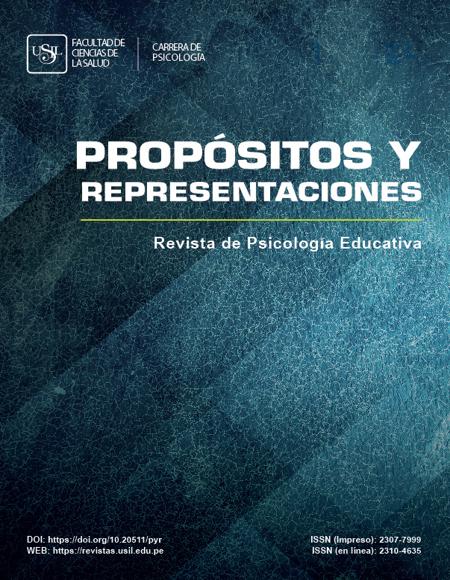Identity Crisis and Social Adjustment in Nomadic and Shiraz Adolescents: A Causal-Comparative Study
Identity Crisis and Social Adjustment in Nomadic and Shiraz Adolescents: A Causal-Comparative Study
##plugins.themes.bootstrap3.article.main##
Background and aim: Adolescence is a very important stage of social and psychological growth and development. To reach full intellectual maturity, people go through different stages of life. Each stage is characterized by relatively similar features. Adolescence is among these stages, during which many changes occur in physical and mental characteristics of people. This study compared nomadic adolescents with Shiraz adolescents in terms of identity crisis and social adjustment. Research method: The study population consisted of all first-year male high school students studying in Shiraz and nomadic areas of Firoozabad, Fars, Iran in the academic year of 2019-2020. Using multistage cluster randomized sampling, a total of 90 students were selected as the sample. Identity Crisis Questionnaire and Social Adjustment Questionnaire were used to collect the data. Findings: The multivariate analysis of variance (MANOVA) results showed significant differences between nomadic and Shiraz adolescents in terms of identity crisis and social adjustment. Significant differences were also observed between the two groups in terms of identity crisis dimensions. In addition, there were significant differences between the two groups in terms of dimensions of social adjustment. The results indicate that place of residence plays an essential role in identity formation and social adjustment of people living in nomadic and urban areas. Conclusion: Based on the results, child and adolescent psychologists and counselors are recommended to pay special attention to the impact of identity crisis and social adjustment on the performance of adolescents.














